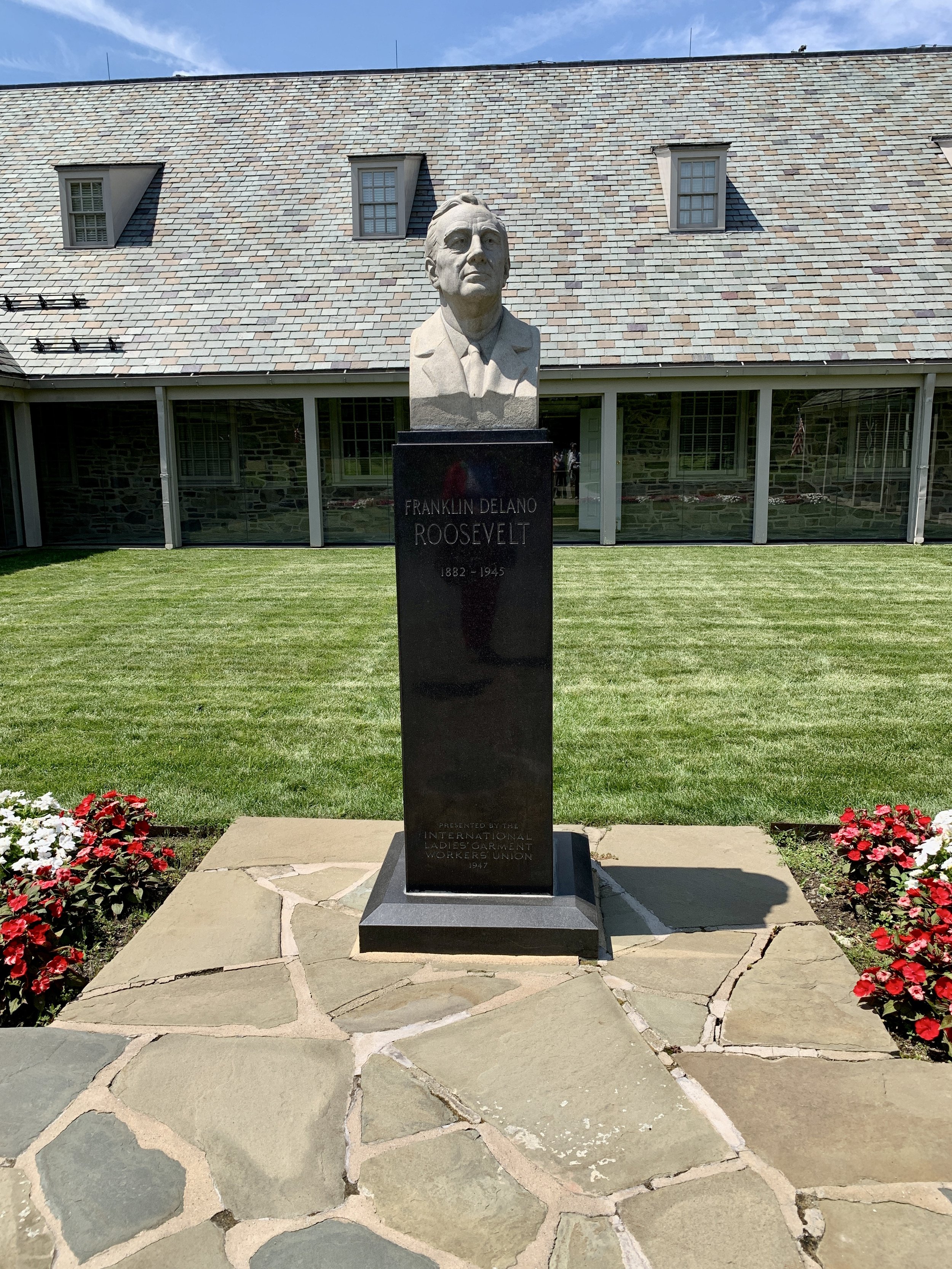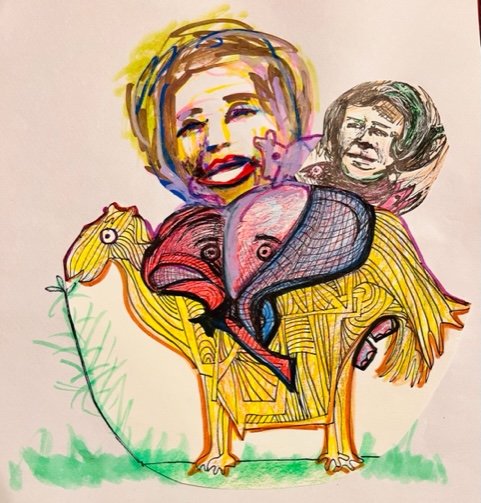The steelpan — a musical instrument originating in Trinidad and Tobago (T&T) — goes by more than one name: a pan, a steel drum, and, of course, a steelpan. When several steelpan musicians — known as “pannists” – come together to play, they’re called a steel band or a steel orchestra. Steelpans had their origin in the early-to-mid 1900s, but their roots go back much further to the talking drums of West African cultures. When French planters arrived in T&T in the 1700s, they brought the carnival tradition. Their West Africans slaves formed their own festival, incorporating the drum beats of their heritage. Their first instruments were tamboo bamboos. Hitting them on the ground made sound that could be tuned. In the 1930s, the tradition turned to the steelpan, originally made with metal objects, including car parts, paint pots, dustbins, oil drums, and cookie tins. A series of dents hammered into the metal surface create a different note according to its position and size. The 55-gallon oil drum was adapted to make steelpans in the late 1940s. The Trinidad All-Steel Pan Percussion Orchestra (TASPO), formed to attend the Festival of Britain in 1951, was the first steel band whose instruments were all made from oil drums. With them, they introduced the steelpan and a new music genre to the world.
The steelpan’s tonal versatility can be used equally effectively to play soca, calypso, rapso, reggae, and jazz, as well as more complex compositions like the music of Bach, Beethoven, and Mozart. Such renditions have attracted audiences in the local “Panyards” — steelpan arenas in T&T — as well as in the most prestigious concert halls worldwide, such as Carnegie Hall, the Royal Albert Hall, and the Kennedy Center.
Steelpan Day was created by Pan Trinbago, the world’s steelpan governing body. In 2022, no less august body than the United Nations joined in, creating the first World Steelpan Day. 2023 is its first year. Randall Mitchell, T&T Minister of Tourism, Culture and the Arts introduced the resolution for its creation to the UN General Assembly, saying the steelpan represents more than musical versatility to the T&T people. “It is emblematic of artistic excellence, community empowerment, endurance, self-determination, community, culture, heritage and identity and not least of all national pride,” noting that the instrument has been adopted throughout the Caribbean.
Some universities in Europe, Canada, and the US have academic programs dedicated to steelpan music. It is also part of Sleepy Hollow history. The Philipse Manor Brute Force Steel Band was founded in 1965. Dis-banded in the late 1980s, it was rejuvenated by a group at Christ Church, Tarrytown.
AUGUST 12: TRUCK DRIVER DAY






































































